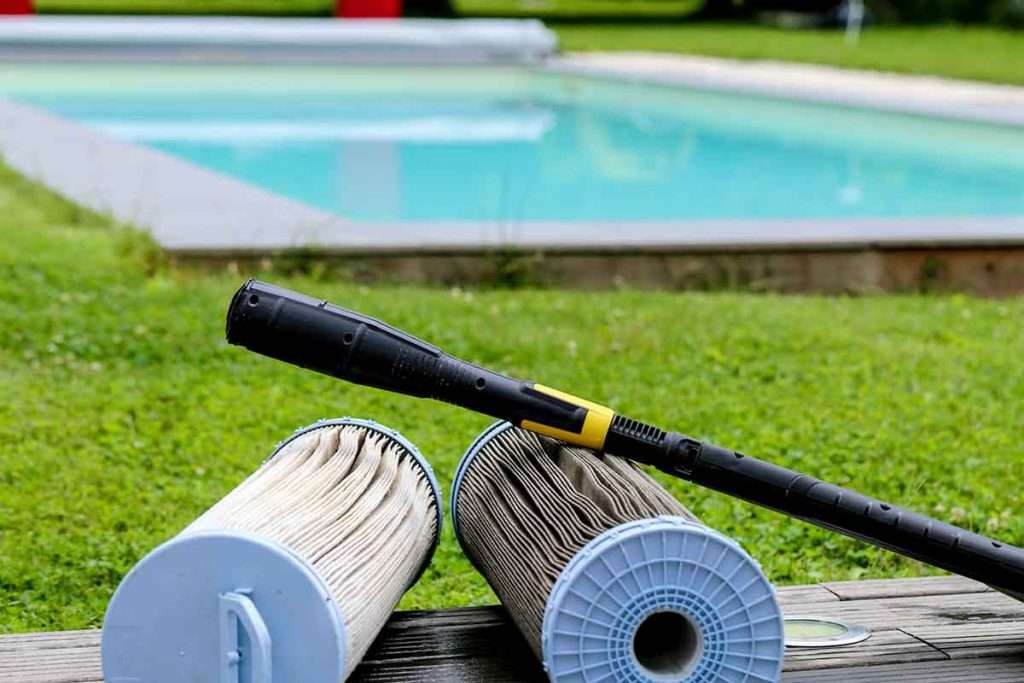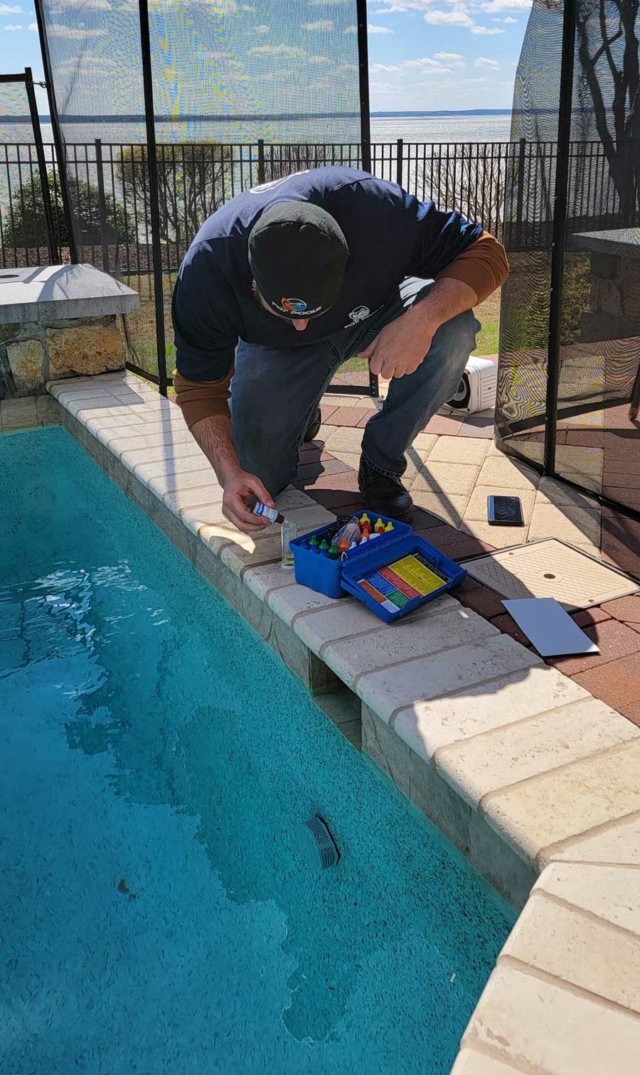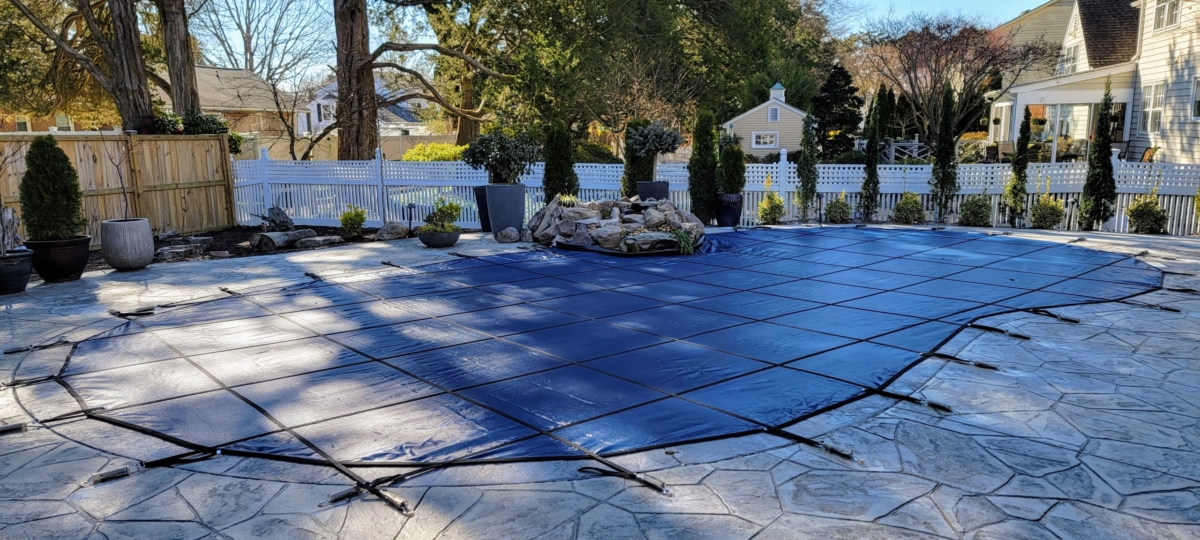How to Clean a Salt Cell
Over the years, saltwater pools have increasingly become popular among a majority of homeowners. Saltwater pools use less chlorine; hence considered safer for human use. Saltwater pools feature a salt chlorinator cell that breaks down salt into sodium and chlorine through a process known as electrolysis. The chlorine produced is then used to disinfect the entire pool. Therefore, it is essential to keep the salt cell in good condition. Pool professionals report that you should clean your salt cells two times a year. Needless to say, the cleaning frequency varies depending on the size of the pool and the frequency of usage. Let’s take a look at how you can clean a salt cell.

How to remove a chlorinator cell
If you plan to clean a salt cell, you have to remove it from the system first. Removing the salt cell requires you to switch off the power to reduce the risks of electrocution. Once you turn off the saltwater system, remove the chlorinator cell. Use a screw to disconnect the cell from the system by removing the unions. During this process, you have to be very careful.
Step by step process of cleaning a salt cell
Step One:
The first thing to do when you want to clean a salt cell is to wear protective garments. Make sure you wear latex gloves, a mask, and safety goggles. This will protect you from toxic fumes and accidental splashes. Avoid touching the saltwater chlorinator cell using bare hands.
Step Two:
Once you remove the salt cell from the system, prepare the cleaning solution. More often than not, it would be best if you used muriatic acid solution. Fill a bucket with water and add hydrochloric acid to create a muriatic acid solution.
Step Three:
Use the cleaning stand to help you clean a salt cell. More often than not, a salt chlorinator cell comes with a cleaning stand to allow it to stand upright when cleaning it. Place the cell on the stand and place it in a small tub. This way, you’ll avoid accidental spills. Pour the cleaning solution into the salt cell and leave it for about ten minutes. You will notice that the cleaning solution will start to foam. Foaming is proof that the acid is getting rid of all calcium deposits.
Step Four:
When ten minutes are over, pour out the solution from the cell into the tub. Do this carefully since you are dealing with acid. Remember, acid can burn your skin; don’t touch it with your bare hands. After you remove the muriatic acid solution from the cell, use clean water to rinse it. Rinse repeatedly to prevent a build-up of any residue. You can repeat the process if calcium residue is still present in the salt cell.
Step Five:
- When you complete rinsing the salt cell, return it to the system.
- Fix it firmly and carefully.
- Switch on the system and allow it to continue running.
At this point, it would be best to evaluate all the components of the salt chlorinator system to ensure they are in good condition. Conduct all necessary replacements and repairs to boost the efficiency of the saltwater system. Also, ensure you discard the muriatic solution properly. Pouring it in your drain can corrode your pipes. Always check the state guidelines for disposing of the muriatic acid solution.
Things to consider when cleaning a salt cell
When cleaning your salt cell, below are a few things you need to remember:
- Keep in mind that muriatic acid solution is really strong and can destroy the cell when left for long. So, never leave the muriatic acid solution for more than ten minutes in the cell. Cleaning the salt cell for long periods can corrode it.
- It would be best to consult a pool service expert if calcium deposits are still present in the salt cell. After conducting two salt cell washes and calcium deposit is still present, look for help from a pool expert.
- At times, the salt system won’t work after washing the cell. If this happens, it might be time to replace the cell. Even so, before buying another cell, hire a professional to examine the system.

Why should you clean a salt cell?
Typically, saltwater systems are expensive. On average, salt cells cost approximately $700 to $1100. Replacing a salt cell is therefore costly. You have to do your best to prolong the durability of your salt chlorinator cell by taking good care of it. So, always clean a salt cell based on the manufacturer’s instructions.
What causes calcium build-up in a salt cell?
Accumulation of calcium deposits on the salt cell results from a wide range of factors. One of the main factors that cause calcium build-up on salt cells is heat. Thus, salt cells are more susceptible to calcium accumulation during summer. So, you have to check the salt cell more frequently on warmer days. The pool’s pH can also lead to a build-up of calcium in the cell. So, use a test kit to check the pool pH regularly.
Need help to clean a salt cell? Hire the best filter cleaning professionals today!
We, Fox Pools, have the best pool professionals to help you clean a salt cell. So, if you need any saltwater pool services, do not hesitate to contact us.











Leave a Reply
Want to join the discussion?Feel free to contribute!